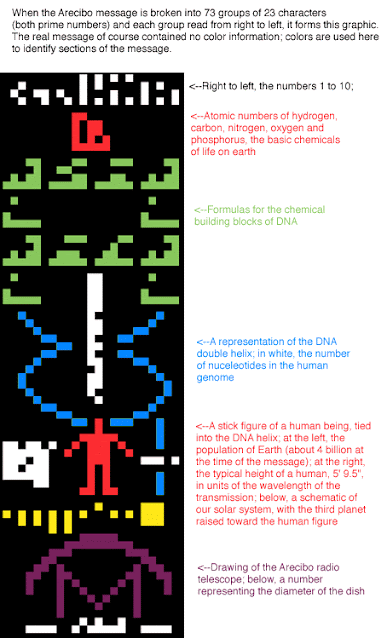© Mark Ollig
I woke up this morning a couple of hours before the alarm clock (Google Assistant smart device) went off.
Therefore, I decided to get an early start to the day.
It is 65 degrees out, so I opened the living room window to let in some fresh air.
Looking to the east, I see colorful hues of orange, red, and yellow from the morning sunrise.
While drinking from a freshly-brewed cup of coffee made by my Keurig coffeemaker, I began writing today’s column.
In the late 1970s, I rented an apartment in Wadena, where I attended telecommunications school at Wadena Vo-Tech, now called the Minnesota State Community and Technical College.
During the morning class, Myrlen Timm taught us electronic circuit design and theory.
When entering the classroom, he would regularly walk up to the blackboard, take a piece of chalk, and draw out a circuit diagram.
Mr. Timm would then point at places on the diagram and say to us, “I want you to tell me the voltage and current outputs here, here, and here. I also want you to tell me what this circuit is used for.”
After class, we paired off in twos and went into the lab to build and test electronic circuits.
We placed a wooden solderless breadboard on our lab table and picked out the electronic components, wire, and tools needed to build our assigned circuits.
The solderless breadboard allowed faster connections of electronic components and wiring. We built our circuits on it in less time than it would take if all the connections needed to be soldered.
There were also many times when we used standard industry-printed circuit boards for “through-hole soldering” of wiring and electronic components.
For one class project, I authored a report on how to build and operate an ohmmeter. I made the ohmmeter and had it inspected by Mr. Timm to verify its proper operation. All the output values passed muster.
Recently, I talked with my brother, Mike, about Wadena; he also graduated from there.
Mike reminisced, “Mr. Timm covered a lot of ground. In addition to using logic gates and vacuum tubes, we made FM radios on breadboards with frequency filters that would pulse light at different frequencies with music, like, the song, “Saturday Night Fever,” which was popular back then. I remember he taught us how to use a slide rule. I took the test. Got an A. The next day, he told us, ‘OK, pull out your calculators.’”
In years gone by, while working at the Winsted Telephone Company, before digital telephone systems and subscriber line programming using a keyboard, we did a lot of wire soldering.
Inside the central telephone office, individual subscriber lines were physically wired on the MDF (main distribution frame) using 24- or 22-gauge wiring.
The MDF terminal block wiring was cabled into the many bay cabinets containing relay bars that made up the electromechanical analog telephone switch we used for customer call processing.
Each plastic-insulated wire required about an inch of exposed copper wrapped around a metal terminal on the MDF.
These metal terminal wire connections were bonded with rosin-core solder using a soldering iron.
A soldering apron was used to cover the lower terminal blocks on the MDF so no cut wire snippets or solder splashes would fall onto them and cause a short-circuit between the metal terminals – which were energized.
In December 1986, the telephone company installed a new digital central office for processing voice calls.
A brand-new MDF held block terminals for physically connecting the outside wiring with the new central office digital switching system.
The new MDF used a hand-operated (or electric) wire-wrap gun tool for terminating the wiring.
I digress back to my days in Wadena.
During a morning break, when we left the lab, one mischievous student (not me, of course) snuck back into the lab and switched the polarity on a few DC capacitors wired on a breadboard.
After the break, two students returned to their lab table and turned on the power providing voltage to their circuit on the breadboard.
Loud firecracker-like “Pop! Pop! Pop!” sounds were heard from the capacitors bursting due to their reversed polarity.
Many of the students in the lab erupted in laughter.
Mr. Timm, however, was not laughing.
After witnessing this prank, I always checked my DC capacitors’ polarity before turning on the power supply.
-More recently, students attending the University of Bristol in the UK learned in a unique way how a computer operates.
They, and their teacher built a 16-bit computer with all its wiring and electronic components on a wall-mounted breadboard plywood sheet measuring 86 square feet.
This computer is called the Big Hex Machine.
The Big Hex Machine is used as a teaching tool that provides a visual representation of how the wiring paths are used to connect the inputs and outputs of the computer’s electronic components.
A 16-bit hexadecimal numbering system is used for processing programs.
Each single 16-bit hexadecimal number is two bytes – as there are 8 bits in 1 byte.
Numerous hexadecimal modules used with the students 16-bit computer include the logic gates NOT, AND, OR, and XOR, as well as an arithmetic unit module for making operational logic decisions.
The computer’s non-volatile memory stores up to 32,768 bytes of information, and will retain its data after losing power.
University of Bristol students are writing and programming code into the computer. They execute programs and observe the results on a custom-built LED matrix display screen.
A short video of the working Big Hex Machine can be seen at https://bit.ly/3esHkUG.
Mr. Timm was an excellent teacher and a caring person. I appreciate everything he taught me. I was saddened to learn he passed away Nov. 4, 1993.
Continue to stay safe out there.














